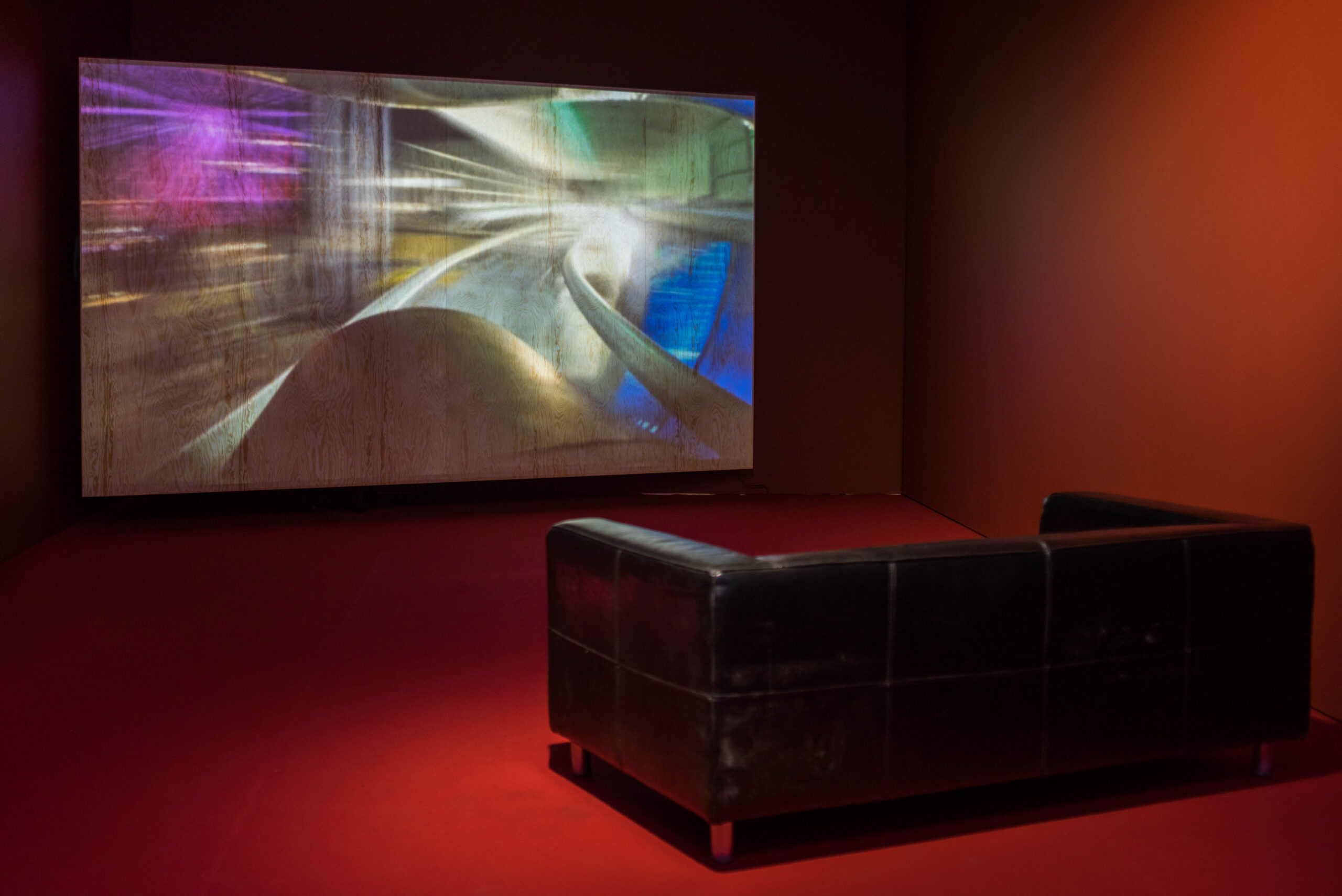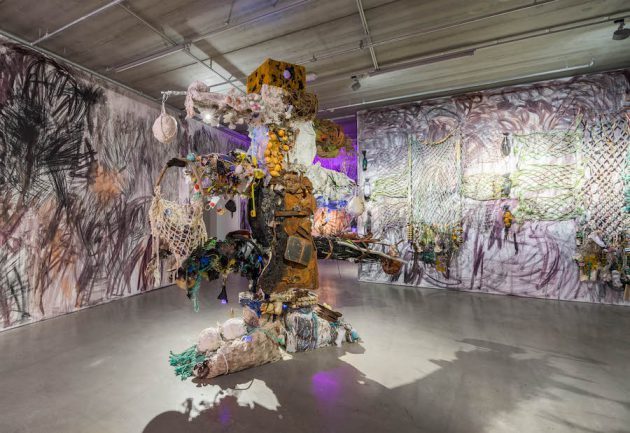The eight hours that we now associate with sound sleep and health is quite a new phenomenon in human history. Before, just as many animals do, man slept in sync with the shifts of seasons and daylight, and often in two segments. People even spoke of the first and the second sleep. The time in between them, which came in the middle of the night and could vary between one and several hours, was a period of wakefulness in which people ate, had sex or worked. These sleepless night hours could also bear with them a particular sense of creativity.
Cultural shifts in sleeping habits go together with changes in our ways of living, and developments in technology have disconnected us from the natural variations in light. The possibility of direct communication at any geographical distance has shattered the 24-hour rhythm of the time zones. We can stay awake, stay productive – and keep consuming – regardless of what time of day it is or where we are. The possibility of withdrawing has become a privilege of the few, or an outright act of artistic resistance. The exhibition Insomnia draws a map of the mental and cultural state that this constant accessibility creates.




